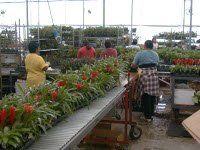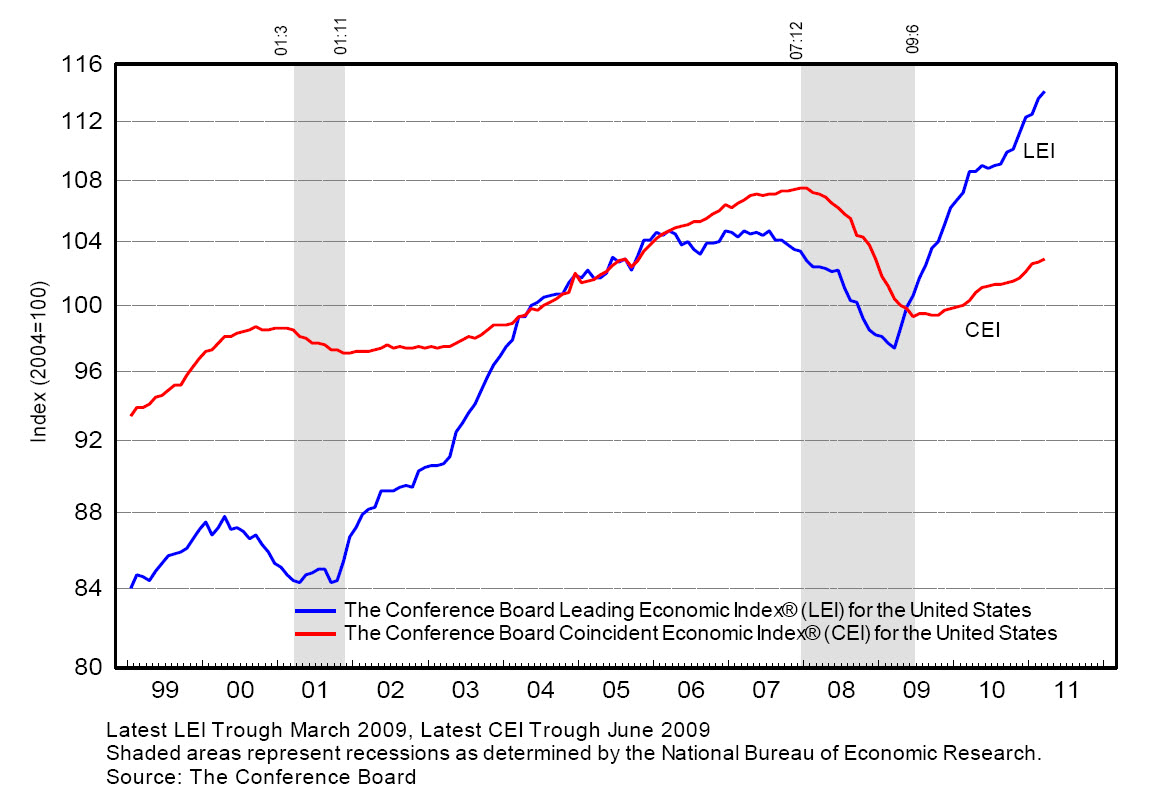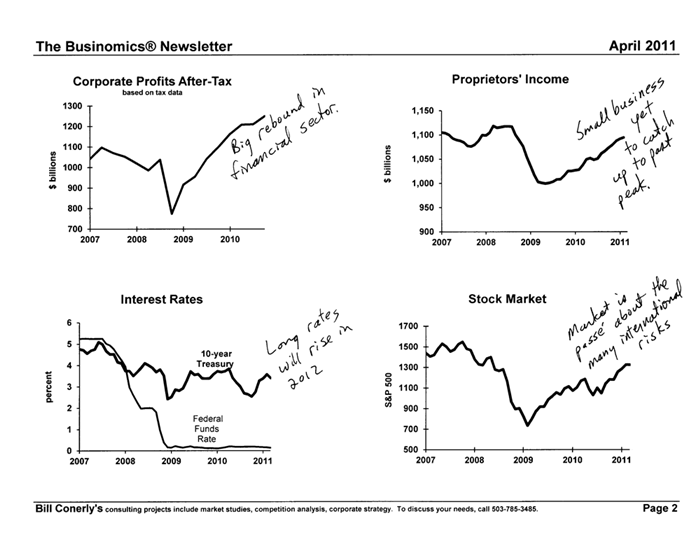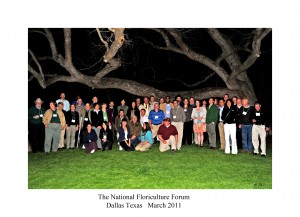 Total economic contributions for the United States Green Industry in 2007, including regional economic multiplier effects, were estimated at $175.26 Billion in output (revenue), employment of 1.95 Million full-time and part-time jobs, labor earnings of $53.16 Billion, and $107.16 Billion in value added. Total value added impacts represented 0.76 percent of U.S. Gross Domestic Product in 2007.
Total economic contributions for the United States Green Industry in 2007, including regional economic multiplier effects, were estimated at $175.26 Billion in output (revenue), employment of 1.95 Million full-time and part-time jobs, labor earnings of $53.16 Billion, and $107.16 Billion in value added. Total value added impacts represented 0.76 percent of U.S. Gross Domestic Product in 2007.
The present study updates previous research that evaluated economic impacts of the Green Industry in the United States for 2002 (Hall, Hodges and Haydu, 2005, 2006). National estimates of economic impacts were derived from a variety of information sources, including national and state-level industry statistics from the 2007 U.S. Economic Census (Census Bureau, 2010), other federal government reports, and primary surveys by horticultural economics researchers. Economic impacts for each state were computed using multipliers from the RIMSII Input-output analysis system (USDOC/BEA, 2007), to estimate the indirect effects of industry purchases and induced effects of employee household spending arising from new final demand.

 From today’s
From today’s 



